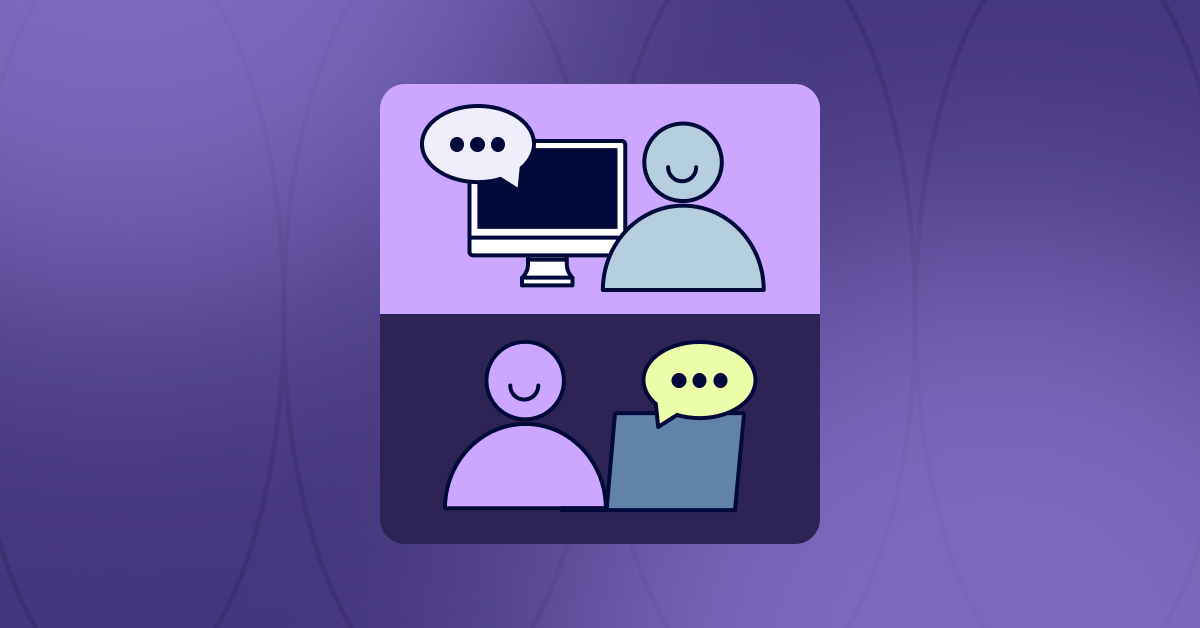Why IT Makes or Breaks Internal Communication
Internal communication often stalls due to misconfigured tools and weak IT infrastructure. Learn how to stabilize Microsoft Teams, Slack, Zoom, SharePoint, email, and permissions to create clear, reliable collaboration.

If you have sent a message in Teams, waited hours, then sent a follow-up email, you know the feeling. Internal communication drifts. Not from a lack of effort. The systems meant to help are slow, unreliable, or confusing.
Communication breakdown rarely looks dramatic. A file goes missing. A video call lags. A chat never sends. Someone in HR cannot find the marketing folder after a move. A reply lands in the wrong thread because three channels share the same name. The IT foundation sits in the background. It holds everything together or lets it fall apart.
Collaboration tools only help when they work as promised. SharePoint should feel clear and direct. Zoom should connect without freezing. Email should deliver important updates without burying them in spam. When these outcomes fail, the issue sits inside the infrastructure. Users carry the blame, yet the configuration sets the rules.
Training sessions and new policies have value. They do not solve a slow or outdated stack. A file-sharing tool that crashes during a simple upload blocks collaboration. People log off. Work pauses. Friction grows.
This guide explains why IT shapes internal communication. It also outlines steady steps that reduce noise and restore clarity.
Tools Need Clean Setup, Not Just Licenses
Many teams collect platforms. Slack, Zoom, Outlook, Teams, Notion, and more. Tool count does not equal progress. Clean setup matters. Clear channel naming. Predictable file paths. Scaled storage. Sensible retention rules. When tools rely on brittle integrations, people ask the same question again and again: “Where is that file?” The question signals a system that hides work rather than supports it.
Access Controls Should Enable Work
Permissions shape how people share. If one person reaches a drive and another cannot, work pauses. Access requests pile up. No one remembers who owns which folder. A simple model helps: role-based access, documented owners, and regular reviews. People do their jobs when the system lets them reach what they need.
Reliability Sets the Tone in Every Meeting
Outages stop messages before they start. An all-hands cannot land if the video platform stalls. A clinic huddle loses momentum when screen share drops. Reliability needs monitoring, failover, and change control. The message reaches people when the platform stays up.
Performance Drives Attention
Speed guides focus. A shared doc that loads in seconds earns daily use. A page that hangs loses readers. Chat lag dulls discussion. Video stutter breaks attention. Network design, endpoint health, and cache strategy keep sessions smooth. Fast tools create clear conversations. Slow tools create silence.
Email Needs Hygiene, Not Heroics
Endless reply-all threads signal friction. Filters that overcorrect hide updates. Search that only works with exact phrasing wastes time. A healthy email setup includes tuned spam controls, clear groups, and retention that matches real work. Good search closes loops without guesswork.
Many “People Problems” Are System Problems
Misalignment, low transparency, and weak engagement often show up in surveys. These labels miss the root. If platforms hide files, drop calls, or delay messages, people look misaligned when they are actually blocked. Check the system before judging the team.
What Effective IT Support Looks Like
Strong IT support is steady and visible. Naming conventions are simple. Integrations move data in one path, not six. Permissions match roles. Sync jobs run on schedule. Devices stay updated. Tickets get triaged fast during core hours. Rollouts follow change windows with clear notice. Users feel the difference in daily flow.
Practical Steps to Stabilize Internal Communication
Start with discovery. Map your channels, shared drives, meeting tools, and integrations. List owners for each space. Note common failure points.
Move to cleanup. Standardize channel names and archive stale spaces. Create a shared folder structure with dates and version rules. Remove duplicate repositories.
Fix access. Define roles. Assign owners. Set quarterly reviews. Enable self-service access where safe.
Tune performance. Measure login times, page loads, and packet loss. Update endpoints. Right-size bandwidth. Segment guest Wi-Fi from internal traffic. Add failover for meetings and voice.
Strengthen reliability. Introduce monitoring for outages, queue depth, and sync errors. Log incidents with timestamps and impact notes. Review trends monthly.
Simplify email. Calibrate spam filters. Enable safe sender rules for internal bulletins. Use groups for updates. Sunset old distribution lists. Improve search with consistent subject tags and templates.
Support the humans. Publish short how-to guides with screenshots. Offer office hours during peak change periods. Close the loop on tickets with plain-language notes.
Governance That Keeps Things Simple
Lightweight governance prevents drift. Write a one-page standard for channel names, file paths, and tagging. Add a request form for new tools. Review integrations before they go live. Track vendor updates on a simple calendar. Small habits protect clarity.
Measure What Matters
Choose a few metrics and review them on a schedule. Message delivery success. Meeting join success. Average page load for SharePoint or Google Drive. Mean time to resolve for Tier 1 tickets. First-call resolution rate. User satisfaction from a brief monthly pulse. Trends tell the story and guide the next fix.
Internal communication improves when the stack runs clean and stable. Clear naming, sane permissions, steady performance, and responsive support reduce friction. Teams share, meet, and decide with less effort when systems stop getting in the way. If daily work feels messy or slow, start with the foundation. A small set of fixes can restore momentum without adding yet another tool.
we can help
Did you enjoy this content?
Subscribe to our newsletter and get weekly tips on leveraging technology to supercharge your business operations. Don't miss out on the strategies that could transform your company!
